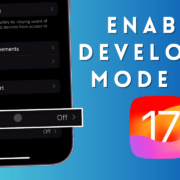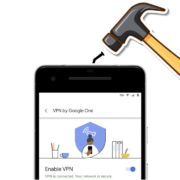Maintaining order in a virtual classroom presents unique challenges for educators as they navigate the digital landscape of online learning. Effective strategies and tools are essential to ensure a conducive learning environment where students can engage meaningfully and participate actively. From establishing clear expectations and guidelines to leveraging technology for classroom management, educators must adapt their approach to maintain order and promote learning in virtual settings. By implementing proactive measures and fostering a sense of community and responsibility among students, educators can effectively keep order in a virtual classroom.
1. Establish Clear Expectations and Guidelines
Setting clear expectations and guidelines is essential for maintaining order in a virtual classroom. Educators should establish rules for online behavior, participation expectations, and communication protocols to ensure a respectful and productive learning environment. Communicating these expectations clearly at the beginning of the course helps students understand the standards of conduct and their role in contributing to a positive virtual classroom environment. Consistently reinforcing these guidelines throughout the course and addressing any violations promptly helps maintain order and ensures that students understand the importance of adhering to established norms.
2. Use Technology for Classroom Management
Technology can be a valuable tool for managing a virtual classroom effectively. Utilizing features available in online learning platforms, such as chat moderation tools, breakout rooms, and screen-sharing controls, helps educators maintain control over the virtual learning environment. For example, educators can use breakout rooms for small group discussions, allowing for more focused collaboration while minimizing distractions. Additionally, features like chat moderation enable educators to monitor student interactions and intervene as needed to address disruptive behavior or off-topic discussions, ensuring that the virtual classroom remains conducive to learning.
3. Integrate Monitoring Software
To maximize student engagement, educators can seamlessly integrate Chromebook monitoring software into their classroom management strategies. This innovative technology enables teachers to oversee student activity on Chromebook devices in real-time, ensuring a focused and productive learning environment. With monitoring software, educators can monitor screen time, track progress on assignments, and provide timely feedback to students. Additionally, the software allows educators to identify students who need additional support or intervention, facilitating personalized instruction. By leveraging monitoring software, educators can effectively manage classroom dynamics and promote active student participation, ultimately enhancing the overall learning experience for all students.
4. Build a Sense of Community and Connection
When it comes to preserving discipline and cultivating a healthy learning environment in a virtual classroom, it is crucial to build a feeling of community and connection among the students. Facilitating chances for students to engage with one another can be accomplished by educators via the use of virtual icebreakers, discussion boards, or tasks that require students to work together. Fostering empathy, understanding, and mutual respect among classmates can be accomplished by providing students with opportunities to express their experiences, views, and viewpoints in a safe environment. Additionally, the incorporation of peer-to-peer feedback and peer support methods enables students to take responsibility for their learning and help one another, which in turn strengthens the feeling of community that exists inside the virtual classroom.
5. Provide Support and Resources
Providing support and resources to students is essential for helping them navigate the challenges of online learning and stay on track academically. Educators can offer guidance on effective study habits, time management strategies, and accessing support services available through the online learning platform or institution. Offering virtual office hours or one-on-one support sessions allows educators to address individual student needs and provide personalized assistance as needed. Additionally, providing access to supplementary materials, online tutorials, or academic resources ensures that students have the support they need to succeed in the virtual classroom environment.
Read More
Conclusion
Maintaining order in a virtual classroom requires proactive measures, effective communication, and strategic use of technology to create a conducive learning environment. By establishing clear expectations and guidelines, leveraging technology for classroom management, fostering student engagement and participation, building a sense of community and connection, and providing support and resources, educators can effectively keep order and promote learning in the virtual classroom.













